More thanks to all of you for the comments and support. I’ve done a poor job of responding to any questions, so here’s to catching up on some of them this sweltering Friday the 13th evening in Portland.
Kesher asked about a Spanish Chunky Rice. Tanwer and Salakov are right. Chunky should be available in Spanish from Astiberri any day.
Ngam, Flescetto, Smoky Man, and Liz asked about potential signings in Paris, Italy, and Chicago. I’ve nothing scheduled for the rest of the year, making myself sparce on the promotion circuit. For a while, I was spending all my time signing books rather than starting on a new one, so I’m trying to stabilize at home. My drawing hand needed the rest, too, but I sincerely miss interactions with you loyal readers. That’s one reason I’m grateful for this blog. When HABIBI is finished, I’ll likely tour for a year.
Here’s a slice from a signing tour in Germany when my editor/publicist Sebastian purchased David Hasselhoff’s GREATEST HITS as our Autobahn soundtrack Frankfurt to Berlin.

Ben Bishop asked about Nickelodeon magazine. Best for new cartoonists to simply submit directly. I lucked out. While working as a graphic designer at Dark Horse comics, I snuck some of my own illustrations into ads and indicia pages. It was against company policy, but the editors of the SCATTERBRAIN humor series encouraged it. After seeing these said illos, Chris Duffy at Nickelodeon contacted me about submitting to the Nick COMIC BOOK. At first, I focused on one panel gags and later graduated to full-page comics.
Editors Chris Duffy and Dave Roman are glowing heavensent angels of the comics industry. They are almost solely responsible for economically fueling me through the production of Blankets via monthly comics and illustration gigs. Here’s a peek at a new millennium cover for them and the preliminary ballpoint pen roughs.

Ngam ~ My birthday is actually September 21, 1975 as seen on the CARNET passport.
Emily asked if I still believe in God and Jesus, but I think I’ll defer that question for this forum. Jesse Cohn pondered self-nurturance versus self-denial in Rumi’s poetry, which is a juicy and exciting topic, but too much for tonight’s typing. Open discussion for both!
Sorry for the late response to Maria asking about the Cure and Tom Waits references in BLANKETS chapter titles. Yup, you got them right.
Jaybird asked about my HABIBI working day.
The entire book was storyboarded in thumbnail form. The first draft was completed in summer 2005, but then I tinkered with it and got lost an insecure creative block until a late 2006 revision. Except for much of Carnet, I definitely pencil before I ink. It’s a great stage for working out compositions, but it often hurts the integrity and fluidity of the final line. In the future, I hope to draw a book with ink straight to paper like many of the inspiring European cartoonists, but for now, I’m not “masterful” enough to get away with that on HABIBI. Of the six hundred pages, I feel fairly good about the first two hundred, the second third will require some editing, and the last part of the book will likely be tossed out and rewritten. I haven’t yet “solved” the story for the main characters, because I haven’t sorted out the same issues in my own life. Here’s a picture of me living inside a tree.


















